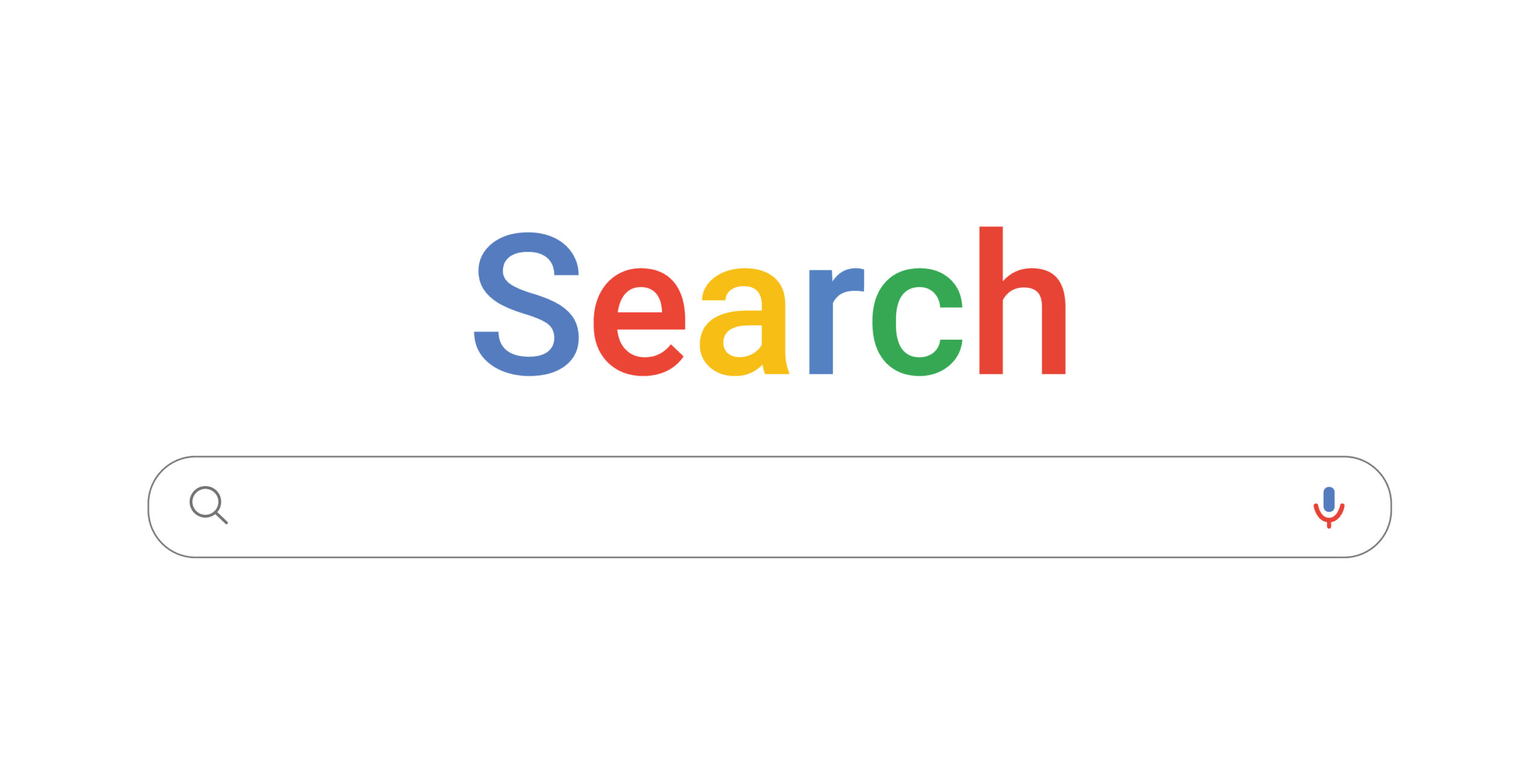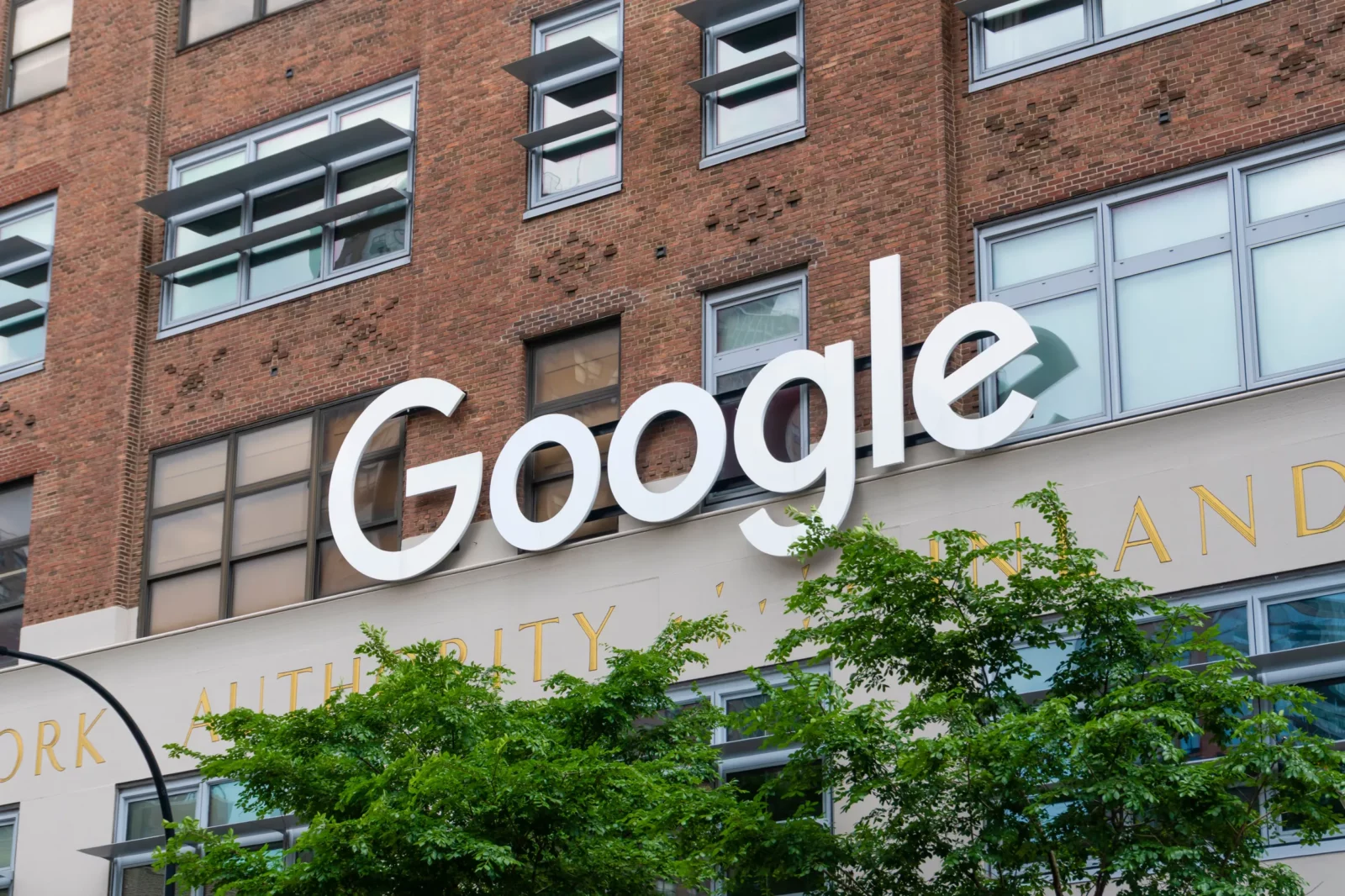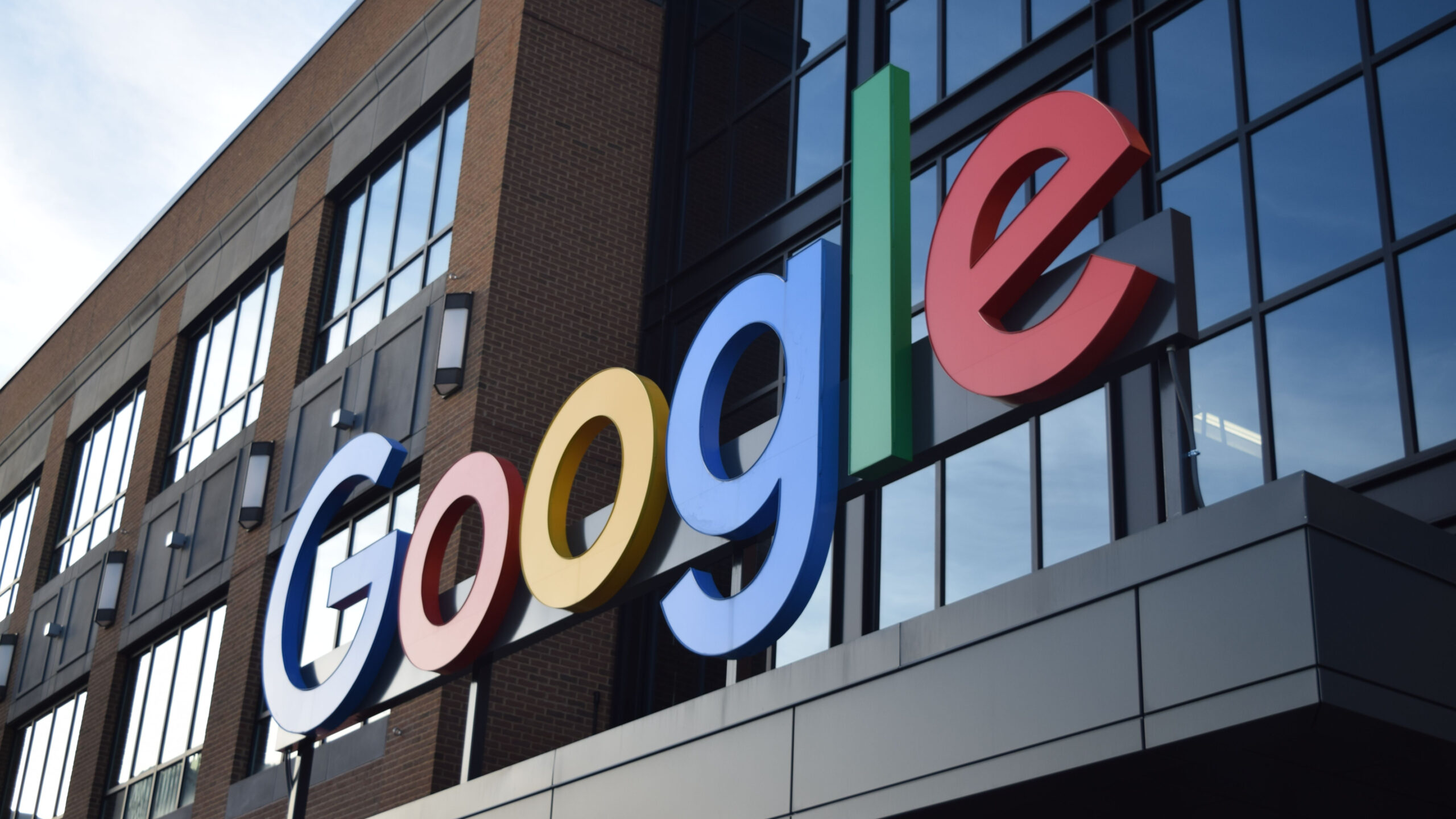Google v. Oracle: Setting the Record Straight

DisCo is taking part in Copyright Week, a series of actions and discussions supporting key principles that should guide copyright policy. Every day this week, various groups are taking on different elements of the law, and addressing what’s at stake, and what needs to be done to make sure that copyright promotes creativity and innovation.
Since the Supreme Court has agreed to hear Google’s appeal in its long-running litigation with Oracle, Oracle and its supporters have ramped up the rhetoric, accusing Google of “stealing” the Java application programming interfaces. As a copyright lawyer, my first instinct is to respond in a legalistic way: the Supreme Court held in Dowling v. United States, 473 U.S. 207 (1985), that infringing copyright is not stealing. (The Court decided that the defendant who shipped bootleg copies of Elvis Presley records did not violate a statute prohibiting the transportation of stolen goods because “interference with copyright” does not “equate with theft.”)
Oracle and its supporters likely would respond that even if Google didn’t technically “steal” the Java code, it should still be condemned for its flagrant copyright infringement; after all, it admitted to copying 11,000 lines of code. But some inconvenient facts get in the way of this harsh condemnation.
As an initial matter, the district court found that the lines of code did not fall within the scope of copyright protection pursuant to the idea/expression dichotomy codified in 17 U.S.C. § 102(b). A jury subsequently found that Google’s copying of the code was permitted by the fair use right, 17 U.S.C. § 107. To be sure, both of these determinations were subsequently overturned by the U.S. Court of Appeals of the Federal Circuit (CAFC). However, the fact that both the district court and the jury found for Google indicates that this is far from an open-and-shut case of copyright infringement.
A deep dive into the facts of the case provides even more exculpatory evidence for Google. An important feature of modern programming is a programmer’s ability to “call” pre-written subroutines rather than write the subroutine from scratch. In the Java language, created by Sun Microsystems, the call creates a link to a line of code called a “declaration,” which in turn links to the subroutine. There usually are different ways to write a subroutine that implements a particular function. But a declaration can be written only in one way for a particular call to invoke a matching subroutine.
When developing the Android platform, Google quickly realized that the existing libraries of subroutines developed by Sun for desktops would not be appropriate for the smaller processors and limited memory and battery life of smartphones. Thus, Google wrote its own libraries of subroutines in a manner suited for smartphones. At the same time, because of the large number of Java programmers, and the large number of existing apps written in Java, Google sought to make Android as interoperable with the Java libraries as possible. To do so, Google copied 11,000 declarations for approximately 20% of the “packages” of subroutines in the Java libraries. However, Google wrote its own code implementing these subroutines. In total, Google copied less than 0.5% of the code in the Java libraries.
By reusing some of the Java declarations, which matched the Java calls, Google made it easier for Java programmers to port their existing apps with the Java calls to Android without having to re-write the apps from scratch. Also, because the Java programmers did not need to learn an entirely new set of calls, they could more easily write new programs for the new smartphone environment.
Given the small amount of the Java libraries Google reused (less than 0.5%) and the purpose of the reuse (facilitating the migration of Java programmers and programs to smartphones), it is not surprising that the jury found that Google’s use was fair. Enabling programmers to modify their existing programs and create new ones for an entirely new market obviously furthers the constitutional objectives of the copyright system: promoting the progress of science and useful arts.
Moreover, the many amicus briefs filed in support of Google explained the broader implications of this case. (Oracle stated that Google “bartered” for this support, without explaining exactly what Google allegedly provided to amici such as Microsoft, IBM, and the Retail Litigation Center.) The declarations Google reused are a form of software interface—a means of connecting different program elements. (In this case, the declaration was the means of connecting a call to a subroutine.) If copyright protection extends to software interfaces, as the CAFC found, then a software company could determine whether other firms could make products that attach to or compete with its software. Since the 1990s, U.S. courts had consistently rejected applying copyright law in this manner; they had found that software interfaces fell on the idea side of the idea/expression dichotomy. The CAFC’s decisions in this case disrupt this consensus position.
The CAFC’s decisions also run directly contrary to legal norms promoting software industry competition that have been adopted by more than 40 U.S. trading partners, including all members of the European Union, and jurisdictions around the Pacific and across the world. These norms developed in parallel with and based upon U.S. court decisions.
In their amicus brief (for which I was counsel of record), the Computer & Communications Industry Association and Internet Association argued that allowing the CAFC’s decisions in this case to stand would result in two inconsistent legal regimes for software interfaces. In the United States, software interfaces would fall within the scope of copyright protection. In the rest of the world, a competitor could reuse software interfaces without authorization. This inconsistency would provide both startups and established companies in other countries with a competitive advantage over firms in the United States. Over time, this advantage may force U.S. firms to move their research, testing, and distribution operations overseas to avoid paying license fees. This would threaten the vitality of the U.S. technology industries.








